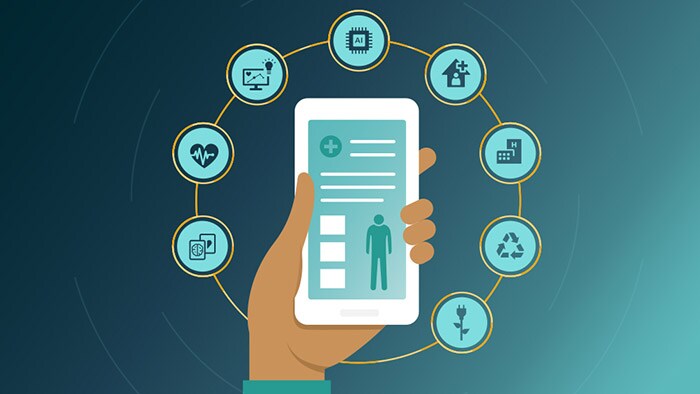The integration of technological innovations is redefining patient care and medical practices in the rapidly changing field of healthcare. Among these developments, remote patient monitoring services stand out as a disruptive force, providing numerous benefits to patients and healthcare practitioners. This article dives into the practical, real-world implementations of these services, illustrating their enormous impact on many facets of healthcare delivery.
Chronic Disease Management
Effective chronic disease management is a key application for remote patient monitoring services. Individuals with diabetes, hypertension, or heart disease frequently require constant monitoring of vital signs. These services make it easier for healthcare providers to collect and analyze critical health data remotely, allowing for more individualized treatment regimens and earlier intervention. This proactive strategy not only improves patient outcomes, but it also relieves pressure on healthcare facilities by reducing the need for frequent in-person visits.
Revolutionizing post-surgical care
Remote patient monitoring programs have revolutionized post-surgical care. Following surgical treatments, patients go through a critical recovery period that necessitates continuous monitoring. Wearable sensors and smart home-based technologies allow healthcare providers to monitor patients’ vital signs and recovery progress remotely. This ongoing observation enables medical practitioners to discover potential issues early on, reducing hospital readmissions and guaranteeing a smoother recovery process in patients’ homes.
Improved Elderly Care
As the world’s population ages, there is an increased demand for effective senior healthcare solutions. Remote patient monitoring technologies have developed as an essential component in elder care. These technologies let older persons preserve their independence while also allowing healthcare experts to precisely monitor their health. From medication adherence to measuring changes in mobility and activity levels, these services offer a complete approach to aging care, improving seniors’ quality of life while giving caregivers with peace of mind.
Swift Data Transmission in Emergency Medicine
In emergency medicine, transmitting patient data quickly and accurately might be the difference between life and death. By delivering real-time information on patients’ vital signs and circumstances, remote patient monitoring systems play a pivotal role in these critical situations. Emergency medical responders can obtain critical information while en route to the scene, allowing them to make more informed judgments and better prepare for any necessary procedures when they arrive. This smooth flow of data improves the efficiency of emergency medical services, increasing the likelihood of successful patient outcomes.
Proactive Maternity Care
Remote patient monitoring services help to identify potential health issues early on, which is especially important in maternity care. Pregnant mothers can monitor their vital signs and fetal health from the comfort of their own homes, and any deviations from typical parameters will prompt appropriate measures. This proactive monitoring method has the potential to prevent pregnancy problems, hence enhancing mother and newborn health.
Finally, remote patient monitoring services have become a cornerstone of modern healthcare, with a wide range of real-world applications that benefit both patients and healthcare practitioners. These services, which range from chronic illness management to post-surgical care, eldercare, emergency medicine, and proactive maternity care, are changing the way healthcare is delivered. As technology advances, the possibility for additional improvements in remote patient monitoring services points to a future in which tailored, proactive healthcare is the norm rather than the exception.
Follow Technoroll for more!




